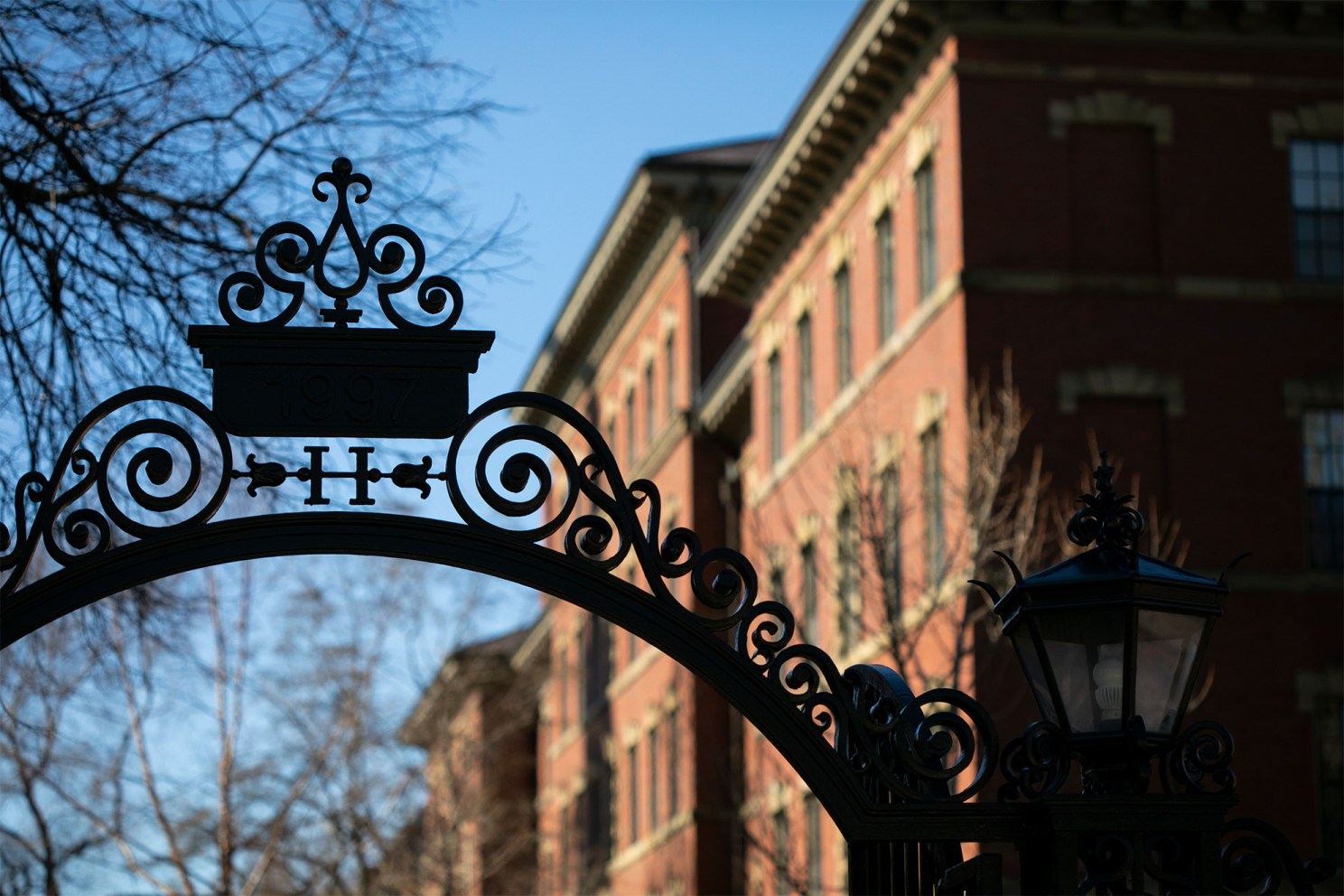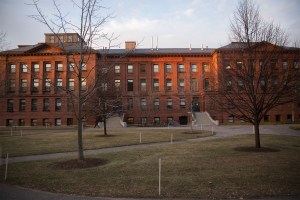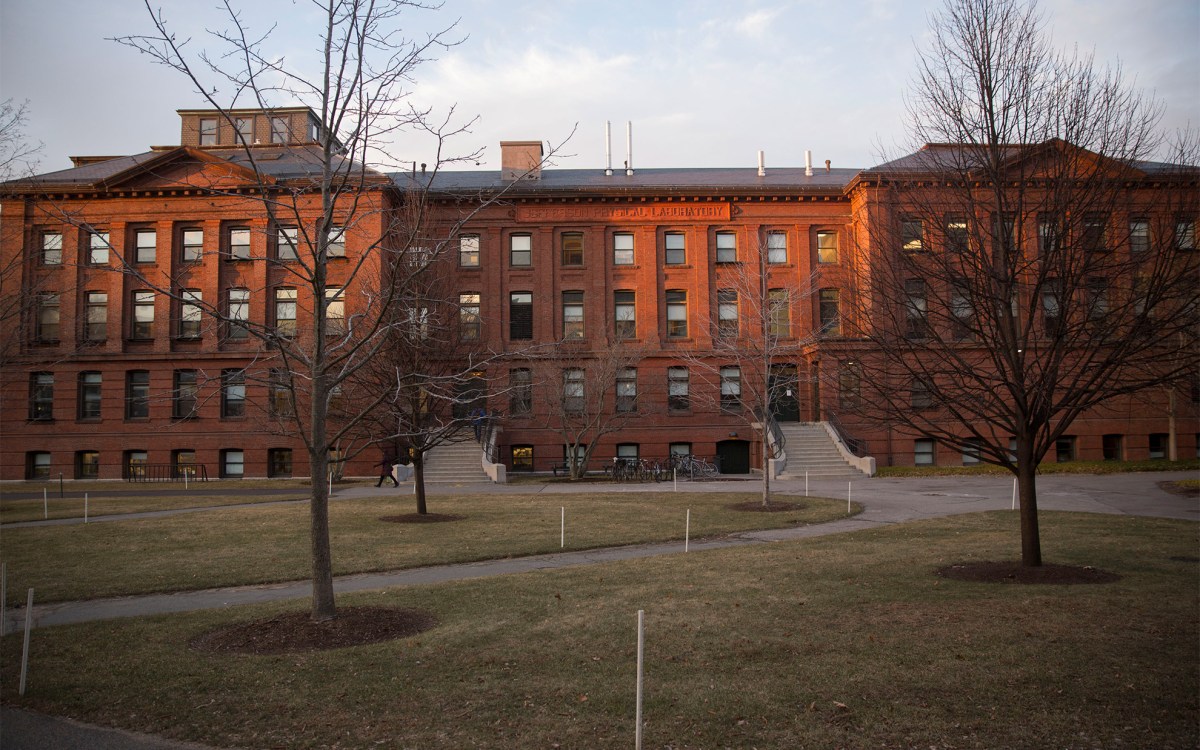Endowment offers Harvard flexibility but also risks

Harvard University.
Stephanie Mitchell/Harvard Staff Photographer
Economist speaks of balancing act between immediate needs and long-term planning
After years of careful stewardship, the University began this fiscal year with its endowment worth a record-setting $53 billion.
But that overall number can conceal several important details. Most of the endowment is not only restricted by donors and held in separate funds, but the majority of those funds belong to one of the University’s 12 Schools. Less than 5 percent of the overall value is unrestricted and directly under the discretion of University leadership.
After the conflict that erupted last week between the University and the White House, the Trump administration moved to freeze billions in long-term research grants, with many more “under review.” The president has also argued that Harvard should lose its status as a tax-exempt institution.
To some degree, endowments can be used to allay financial uncertainty and cover unexpected costs. But those decisions come with costs of their own.
In this edited conversation, John Y. Campbell, who has served as the Morton L. and Carole S. Olshan Professor of Economics at Harvard since 1994, talked about how the endowment actually works.
Campbell’s research focuses on long-term investing, asset pricing, and personal finance. He served on the board of the Harvard Management Company, which oversees the endowment, from 2004 to 2011. And in 2021, he was a member of a working group that helped reimagine endowment management for Harvard’s Faculty of Arts and Sciences, or FAS.
In 2024, you co-wrote a paper on endowment management, using Harvard’s Faculty of Arts and Sciences as a kind of case study. What generally did you find?
That paper sought to give a framework for helping the FAS think about its long-run budget situation. I, along with my co-authors Jeremy Stein and Alex Wu, were motivated by a frustration with the usual accounting approach, which is all about managing this year’s cash flows so things add up.
So, for example, if you’re short of money and you can spend a little more from the endowment, that fixes the problem this year. But of course, it takes away resources that you would otherwise have in the future. It doesn’t help you in the long run.
This is an economist’s perspective on what can seem like a very large amount of money. You found that — in the case of FAS — the endowment is already being used to cover what would otherwise be a large budget deficit.
That’s right: When people in the Harvard community or the public at large look at the endowment, they look at those billions of dollars, and they think that that’s money that can just be spent on anything that the University wishes at any time.
There are two separate problems with that. Yes, much of the endowment is restricted — there are severe limitations on what the money can be spent on. But there’s another problem we identify: That in a certain sense, the endowment revenues have already been spent — to fund the ongoing existing operations of the University.
Those operations funded out of the endowment vary widely: professorships, research, construction among them. And then about a fifth of the annual distribution allows Harvard to offer really generous financial aid, just increased once more this spring.
Absolutely — and I’m all for that policy. But it does reduce the revenue that the School could otherwise collect, and thus it puts more burden on the endowment to cover expenses each year.
Then there are the exogenous shocks: financial crisis, recession, the COVID-19 pandemic. In those cases, a university can — and Harvard has — stepped up distributions to cover shortfalls elsewhere.
That’s right. You can do it in different ways. You can do a “decap” — using endowment funds for current expenses; you can adjust the payout rate; you can borrow against the endowment.
In a short-term emergency, like the pandemic or what may develop in today’s political environment, it may be entirely appropriate to do so. But the thing you need to be aware of is that, when you do that, you are easing your budget problems this year in return for a tighter budget in future.
Harvard’s approach to endowment management, like many others’, relies on targets and projections: It assumes 8 percent returns on investments, 3 percent inflation, and a payout of roughly 5 percent each year. But if the last 20 years have taught us anything, it’s that reality can be a great deal more volatile than that.
That’s right. Our way of looking at volatility — long adopted by Harvard financial administrators — is, in any one year, to find ways to smooth out its effects.
If the endowment does super-well one year — goes up by 25 percent — now you have a lot of new resources. But you don’t need to spend them all at once; in fact, it would be very imprudent to do so. Instead, you smooth it out, gradually increasing your spending in a cautious, well-planned way.
Meanwhile, there are also downside risks, too: In the wake of the financial crisis, in 2009, the endowment lost 27 percent of its value. And as of this week billions of federal dollars may be at risk of being frozen or revoked. What are the options now?
University leaders now need to sit down with the sort of spreadsheet framework that’s in our paper, and they need to do a scenario analysis: “How bad could this get?”
If there’s an endowment tax, if we lose “x” million dollars in sponsored research funding. You could even look at what might happen if Harvard lost its tax-exempt status.
What they are going to see is — if this a prolonged or permanent change — it’s going to have very meaningful implications for Harvard’s long-term future. And you’ll have to do some radical things: There will have to be a major change in spending or a major change in revenue — where you find it somewhere else.
You don’t have to do everything at once. That would be foolish. The luxury that Harvard’s endowment gives us is time — you have time to make change in an orderly fashion. But our framework says that if circumstances change so that you have less money coming in on a permanent basis, you are eventually going to have to fully adjust.




